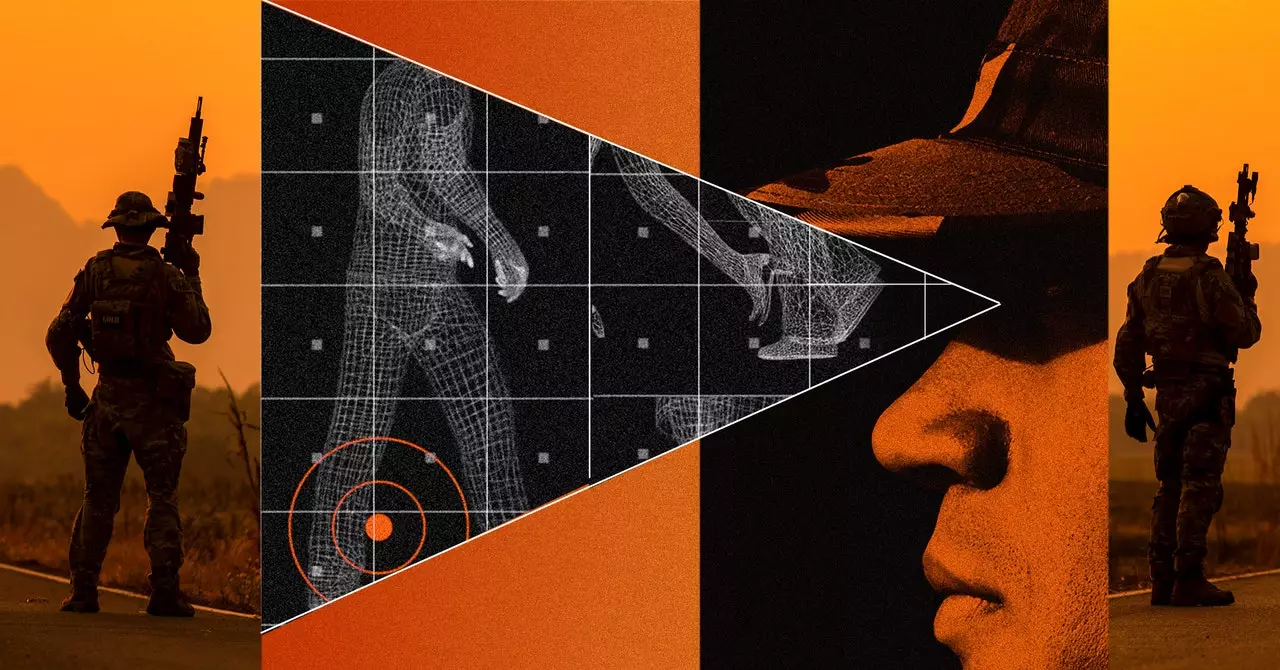In a world where the landscape of warfare is evolving rapidly, the future of US special operations forces is being redefined by the concept of the hyper-enabled operator (HEO). Gone are the days of bulky tactical gear and powered armor straight out of a science fiction novel. Instead, the focus is on creating operators who are equipped with cutting-edge technology to enhance their situational awareness and decision-making capabilities.
The concept of the hyper-enabled operator was introduced as a successor to the Tactical Assault Light Operator Suit (TALOS) program, which aimed to outfit special operations forces with advanced armor to make them resistant to small-arms fire. While TALOS faced challenges in integration and was ultimately discontinued, the lessons learned paved the way for the development of the HEO concept. Rather than focusing on physical enhancements, HEO aims to provide warfighters with a cognitive advantage on the battlefield by leveraging technology to improve their decision-making processes.
The Core Objective of the HEO Concept
At the heart of the HEO concept is the idea of giving operators “cognitive overmatch” – the ability to outperform adversaries by making faster and more informed decisions. Drawing inspiration from the OODA loop (observe, orient, decide, act) proposed by military strategist John Boyd, HEO seeks to tighten this decision-making loop through advanced technology. By ensuring that operators have access to relevant information in real-time, HEO aims to empower them to outsmart and outmaneuver the enemy.
Technological Innovation for Enhanced Situational Awareness
Rather than focusing on powered armor, the HEO concept prioritizes sophisticated communications equipment and a robust sensor suite. These components are built on advanced computing architecture, allowing operators to gather, process, and analyze data in real-time. By distilling this information into actionable insights through a simple interface like a head-up display, operators can make quick and informed decisions even in challenging environments where traditional communication networks may not be reliable.
If TALOS was conceptualized as an “Iron Man” suit, then HEO can be likened to Jarvis, Tony Stark’s AI assistant that provides him with real-time information and analysis. By equipping operators with this level of technology, the future of US special operations forces is poised to be hyper-enabled and strategically agile. The focus is no longer on brawn, but on brainpower – on leveraging cutting-edge technology to gain a decisive advantage on the modern battlefield.
As the nature of warfare continues to evolve, the hyper-enabled operator represents a new paradigm for US special operations forces. By embracing technology and innovation, operators can transcend physical limitations and empower themselves with unparalleled cognitive abilities. The future of warfare may not be determined by sheer firepower, but by the ability to make smart and swift decisions in the heat of battle. The hyper-enabled operator is not just a concept – it is the future of combat.


Leave a Reply